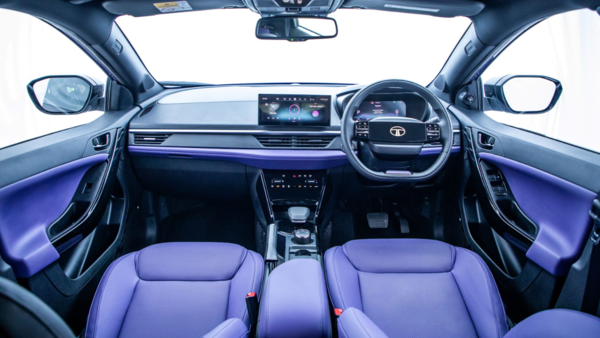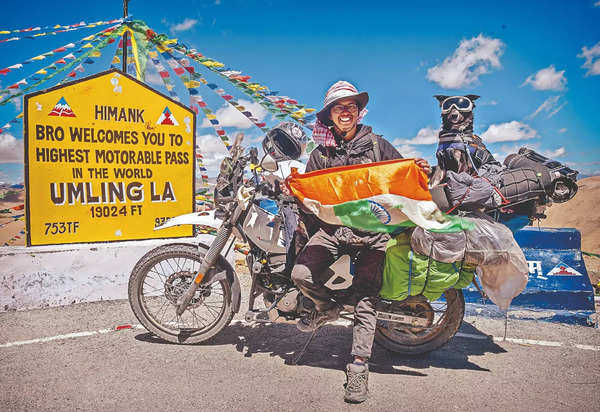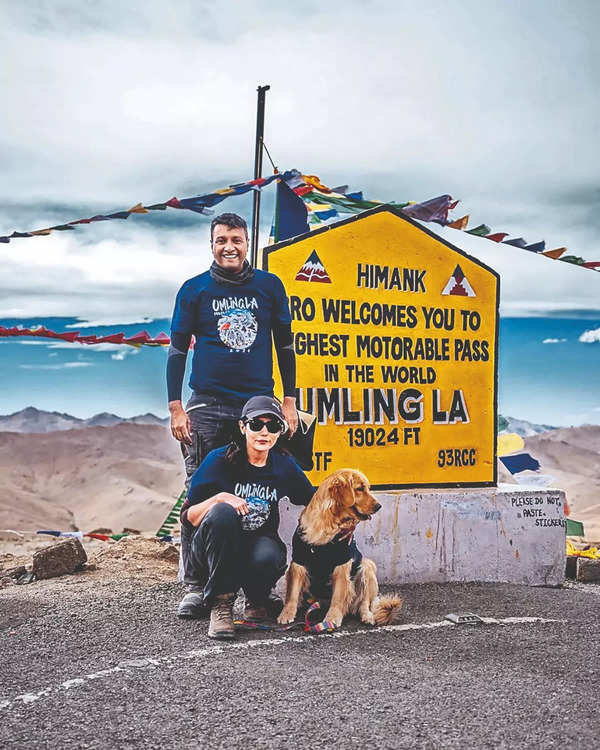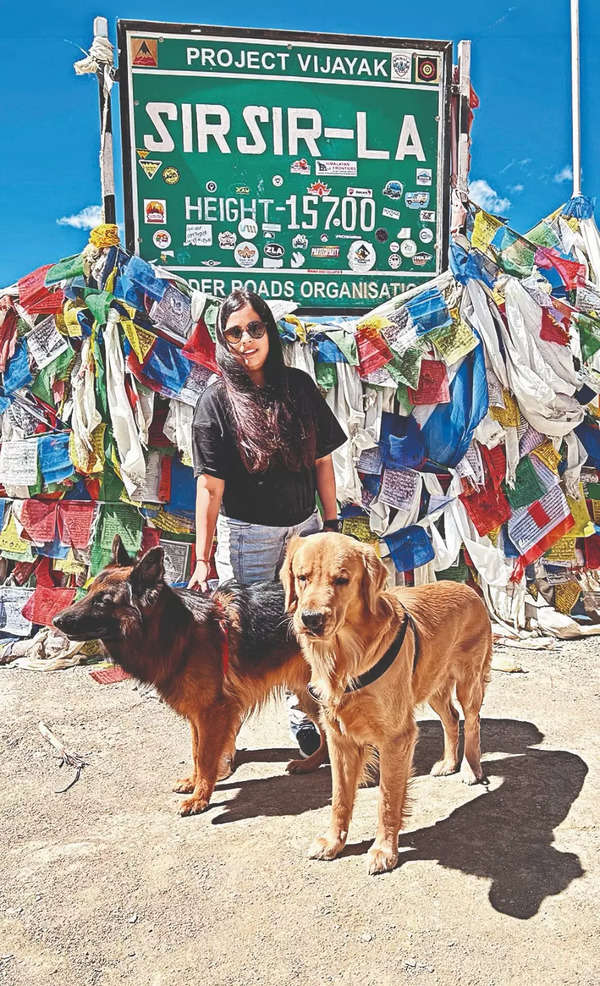India, while a relatively new modern democracy, is an ancient civilisation. To understand its foreign policy evolution, we should start with its independence struggle. The idealism driving this struggle laid a solid foundation for India’s foreign policies. The country’s commitment to the principle of peaceful coexistence has remained firm, even though this approach sometimes comes at a cost, such as in dealings with China. Since 1947, India has had many positive attributes to its foreign policy and it has continued to evolve, adapting to the changing global landscape while maintaining a consistent core. Despite political changes, India’s foreign policy has remained balanced and unchanged at its core, a key attribute of its evolution. Today, India’s foreign policy is in a maturing phase, playing a formidable role in the new world order across economic, strategic, military, and multilateral fronts.
It was during the Cold War that India chose non-alignment, refusing to side with any particular group. This decision marked the beginning of India’s leadership in global affairs because as a result, it played a significant role in shaping the United Nations and has been a key player in regional organisations like SAARC, BRICS, BBIN the Quad, and ASEAN.
There’s an important saying that goes, “You can’t choose your neighbours.” India’s ‘Neighbourhood First’ policy is not just a choice; it is essential. India shares its equations with countries like Pakistan, Sri Lanka, Bhutan, Nepal, Bangladesh, and the Maldives, each with its unique challenges and opportunities. Apart from the challenging relations with Pakistan and China, Sri Lanka has faced major civil strife and economic setbacks, while Bhutan has presented some hiccups of late. But despite fluctuations, Nepal has been a steadfast friend of India. In my latest book (jointly authored with Amb K V Rajan), Kathmandu Chronicle: Reclaiming India-Nepal Relations, we highlight this enduring connection, which emphasises that, despite occasional frictions, both countries are interdependent. This highlights that in addition to sound government-level bilateral relations, a deep people-to-people connect is crucial in maintaining ties between two countries.
Noticeably, India’s approach also involves sub-regional cooperation, an important policy that aims for a more integrated South Asia. While achieving this is challenging, it remains an ideal goal. In the meantime, bilateral and sub-regional collaborations are key components of India’s neighbourhood policy, also laying the foundation for the goal of integrated South Asia. India has always been sensitive to the needs of its smaller neighbours. Over the years, it has earned significant goodwill through development partnerships and outreach programmes across countries, including Nepal, Bhutan, and even African countries. By focusing on development and economic cooperation, India has shifted from past mistakes, unlike other powers like China, which continue to err. For instance, In Nepal, India is considered a true friend and partner in development, respecting Nepal’s sovereignty while strengthening ties.
India’s neighbourhood policy varies for each country, recognising their unique situations. Whether dealing with Nepal, Pakistan, the Maldives, Sri Lanka, Bangladesh, or Bhutan, India’s foreign policy is mature and adaptable. This strategic, respectful approach has put India in a strong position within its neighbourhood. Out of all the neighbourhood relationships, the India-Nepal relationship is unique for two key reasons: the unmatched people-to-people connection and over 1850-kilometer-long open border. These elements drive the strong bond between the two nations. Nepal is a trusted ally of India in the region. Similarly, for Nepal, India has always been one call away for all matters, including security, business, and even healthcare needs. This sense of complementarity has made their relationship special.
However, the relationship has not been without challenges. Political instability in Nepal, the sudden end of its monarchy, and its shift from a Hindu kingdom have disrupted its natural progression as well as the growth of democracy organically. Despite these challenges, the relationship has sustained from the signing of the India-Nepal Peace and Friendship Treaty in 1950 to now, because irrespective of the situation, India has been perceived as a major player in Nepal’s development. But we are no longer in a position to rely only on conventional wisdom and practises when it comes to India’s relationship with Nepal. As a country with growing aspirations and evolutions, Nepal needs progressed attention from India. Especially so, with opening more and more windows of opportunities for Nepal and with open hearts like India did in the initial decades after its independence for supporting Nepal’s early growth aspirations.
Carl Oglesby, an American writer and activist coined the term “Global South” in 1969 in a publication called Commonweal. He introduced it as a counter to the “Global North,” which was based on political and economic dominance. The exploitation by the Global North sparked the idea of the Global South, which was further explored in theories of imperialism and post-colonialism. A new global movement was started with the Non-Aligned Movement and the Group of 77 (G77) aimed to create a new international economic order, but these efforts didn’t progress beyond proposals. Capitalism is still very much alive, and China, though it claims to be socialist, thrives on late-stage capitalism and acts with imperialist ambitions. China’s projects like the Belt and Road Initiative (BRI) and the China-Pakistan Economic Corridor (CPEC) show its intent to expand its influence. These initiatives have virtually colonised parts of Pakistan and made significant inroads into Nepal, challenging India’s traditional position and friendship with these countries.
India must be sensitive to these developments and strategic in its outreach and ambitions. However, there is now a collective awareness of China’s intentions in the Global South, making it more challenging for China to succeed without facing formidable opposition. India’s growing global stature and strategic positioning have bolstered its ability to counter such ambitions effectively. India’s rise is viewed positively across the world. As India continues to practice the peaceful coexistence envisioned by our first-generation leaders, it emerges as a reliable ally in the new world. Its foreign policy, while maintaining continuity, is now effectively countering China’s overambitious agenda in South Asia, particularly in Nepal.
India’s already strong position in the Global South today is set to become stronger. The idea of a unified Asia was disrupted by China’s actions, but India has consistently believed in and worked towards this vision. Despite China’s obstruction, India has emerged as a global leader, not just economically—projected to be the third-largest economy by 2027—but also in influencing global order at times. The Global West is trying to decouple from China, but so far, they haven’t succeeded. After COVID-19, many hoped that India would benefit from this shift, with manufacturers moving from China to India. However, things have not turned out as well as expected. The Global West as a block makes policies based on its own needs, not necessarily aligning with India’s or anyone else’s perspective. Although they see India as a natural ally and appreciate its peaceful growth and status as the world’s largest democracy, India needs to be tactical about judging the global West’s intentions and actions. Especially as China’s actions like the “string of pearls” strategy, which aims to encircle India by establishing strategic bases around it, remain a concern.
The Global West needs to reassess why it is so dependent on China for manufacturing when emerging economies like India, Brazil, Myanmar, and Indonesia could be better options for setting up manufacturing units. Despite so many statements and agendas set, China still plays a dominant role in the manufacturing sector, securing the largest share of revenue from the global West. This revenue supports China’s ambitious agenda in various developing regions and also in strategic matters. India, on the other hand, has immense potential for growth with several strengths, like its democracy, demographic dividend, and huge consumption power. With a population of 1.4 billion, India has immense consumption capacity, which benefits its economy. Many products used in India are made locally, even if produced by global companies, indirectly boosting the Indian market. Despite the challenges, India remains a strong player with significant potential, and the Global West’s gradual shift might still bring more opportunities in the future.
India’s foreign policy has been beneficial to its economic growth. The idea of “Vasudhaiva Kutumbakam” or “the world is one family” aligns perfectly with India’s globalised economy. This journey began with the economic reforms of 1991, which opened India to the world and spurred its growth into a global economic power. The 1991 reform, initiated by the Congress government and continued by successive administrations, laid the foundation for this success. The continuity in economic and foreign policy, irrespective of changes in government, has been a cornerstone of India’s progress.
The West, which initially championed globalisation, now presents contradictions in its approach. Historically, Western countries expanded through colonisation under the guise of globalisation. Today, they advocate for different forms of globalisation that often reflect their selfish interests. India’s massive working population and growing economy have made it a key player in the global market. This benefits not only India but also saturated economies like the US and Japan, which rely on India’s workforce and market. However, the type of globalisation India pursues must be carefully considered. It should not harm the domestic economy, and address the challenges of technological disruptions and climate change. Theorist Hans Morgenthau’s concepts of realism and national interest explore relevant concepts for such developments.
We live in a time where multilateral institutions are failing us, and we are failing them. This reality is undeniable. At the Munich Security Conference 2024, India’s Minister of Foreign Affairs, Dr S Jaishankar’s stance on India’s foreign policy of all alignment reflects this changing global order where multilateral institutions no longer work effectively. In such times, it’s crucial not to take sides but to maintain a balance. Collaboration should drive our international relationships. While pursuing national interests is essential, we must also uphold our international responsibilities, especially as India rises as a major power. India can act as a bridge in addressing global challenges, particularly as we witness a multipolar world rather than one divided into two blocks. Regional formations like BBIN, SAARC, and SAFTA need to be evaluated beyond conferences, especially post-Covid-19 when institutions like the World Health Organization (WHO) and the United Nations (UN) failed to act effectively.
India’s democracy, progressive constitution, and quality governance are its best advantages. As the world changes rapidly, India’s responses must align with these shifts to maintain its important role in the evolving global order.
Atul K Thakur is policy professional, columnist and author (most recently, with Amb K V Rajan, of “Kathmandu Chronicle: Reclaiming India-Nepal Relations”; Penguin Random House India). The views expressed are personal.























